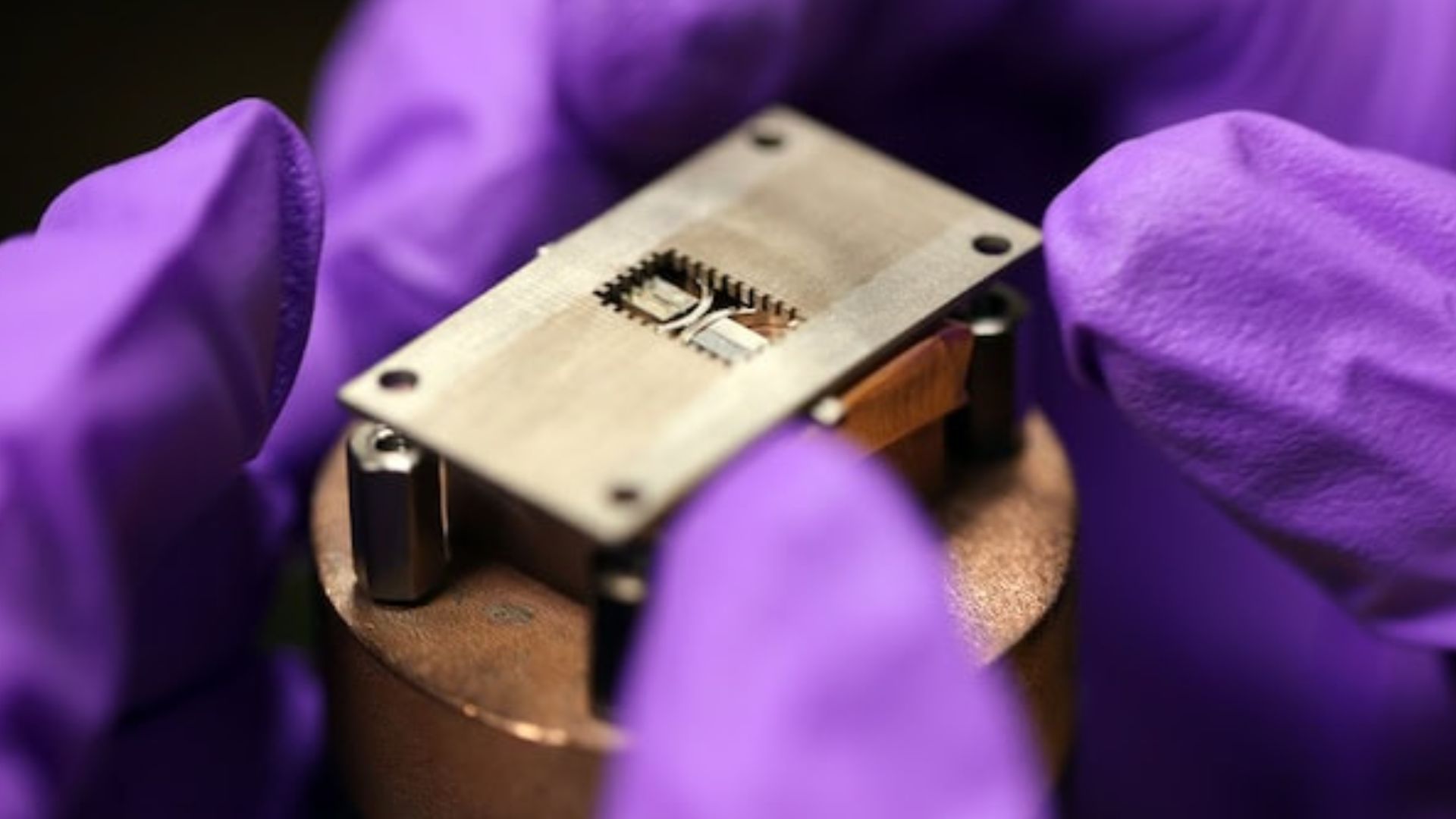US tests nuclear fusion steel at 1112°F, finds flaw in radiation

Source: interestingengineering
Author: @IntEngineering
Published: 8/6/2025
To read the full content, please visit the original article.
Read original articleResearchers at the University of Michigan have tested an advanced reduced activation ferritic/martensitic (RAFM) steel, designed for use in fusion reactors, at temperatures of 1112°F (600°C) under simulated radiation conditions. This steel, known as castable nanostructured alloy #9 (CNA9), contains billions of nanoscale titanium-carbide (TiC) particles intended to trap helium produced during fusion reactions and prevent material swelling. Using a novel dual ion beam technique to simultaneously induce radiation damage and helium implantation, the team found that while TiC particles effectively trapped helium at lower radiation levels, they began to dissolve at high damage levels (50 to 100 displacements per atom), causing the steel to swell by about 2%.
This unexpected dissolution of TiC precipitates at high radiation doses challenges previous assumptions about the material's stability and highlights the need for further alloy refinement. The researchers suggest increasing the density of TiC particles by a factor of 1,000 to
Tags
energymaterialsnuclear-fusionsteel-alloysradiation-tolerancetitanium-carbidefusion-reactor-materials